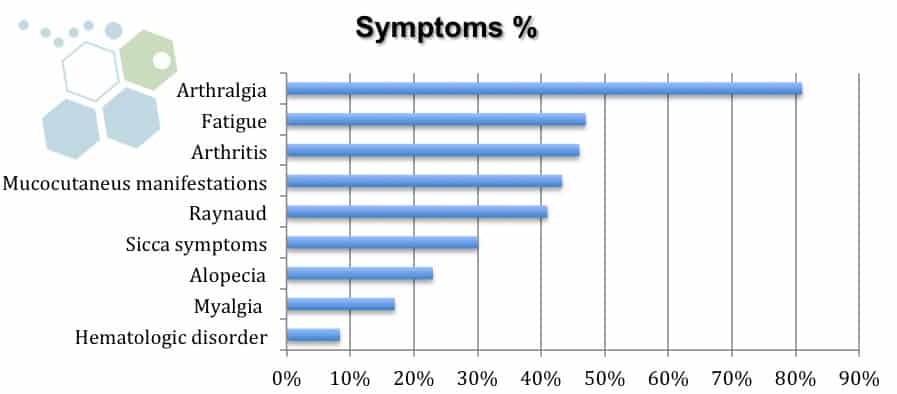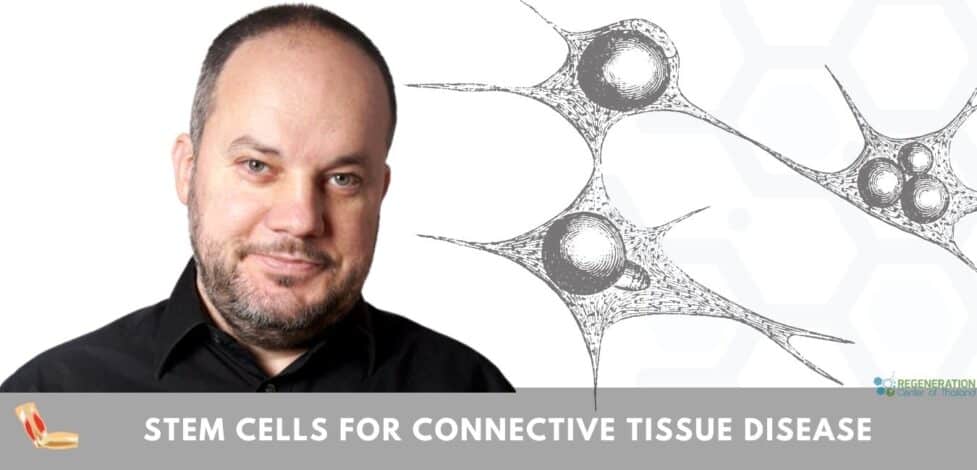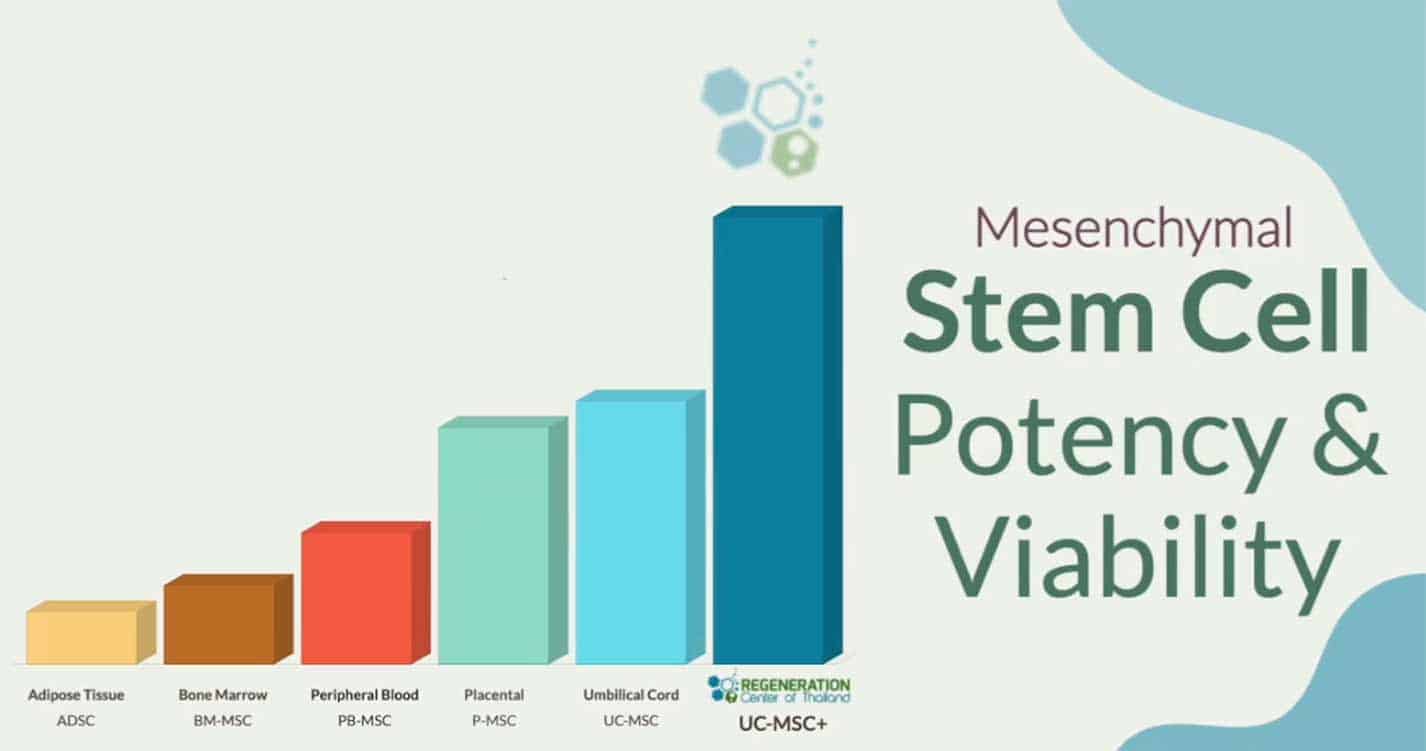The connective tissues in the human body are the structural components that hold the body’s cells together. These tissues form a matrix (framework) for the body and are composed of two major structural protein molecules, elastin and collagen. Several types of collagen protein vary in quantity depending on which body’s tissue they are found. Elastin protein can stretch and then return to its original length, similar to springs or a rubber band. Elastin is also one of the significant components of tissues that attach bones to other bones (ligaments) and our skin. Patients with connective tissue disorders often display damage to elastin and collagen due to chronic inflammation.
What is connective tissue (CT) disease?
Connective tissue disorders are a group of medical conditions. A diagnosis of connective tissue disease (CT) is made when the connective tissues in the body are the primary target of pathology. Patients with connective tissue diseases often show abnormal immune system function with significant inflammation in the tissues due to autoimmune attacks (immune system attacks its body tissues) [1]
Any diseases in which weakness or inflammation in collagen are referred to as collagen diseases. For some patients, collagen vascular disease is diagnosed because the connective tissues are associated with abnormalities in blood vessels.
What causes connective tissue disorders?
For many patients, a diagnosis is considered idiopathic (unknown cause). For others, direct links can be traced to genetic factors, which can increase the risk of developing connective tissue disorders. For others, a diagnosis is likely due to a combination of environmental factors ( exposure to toxins) and genetic predispositions resulting in the development of connective tissue disorder.

Signs and symptoms of connective tissue disease
A prevalent symptom of connective tissue disease is premature fatigue, which can sometimes be misdiagnosed as FMS or CFS. Other indicators of (mixed) connective tissue disease include:
- Fevers or the constant feeling of being unwell
- Chronic joint and muscle pain. Knee or hip joints become swollen, inflamed or deformed, similar to patients with rheumatism.
- Raynaud’s phenomenon is when patients have cold /numb toes or fingers [2]
- Frequent Rash – Reddish or brown patches over the knuckles
- Swollen hands or fingers
Diagnosis of connective tissue diseases
Several tests can be done to identify particular types of connective tissue disease. This can be done via a simple physical examination but often requires several rounds of blood tests, radiology scans, and genetic screenings to get clinically diagnosed with connective tissue disease.
Genetic risk factors for developing connective tissue disorders
There are several types of connective tissue diseases are caused directly due to genetic (familial) inheritance, including:
- Marfan syndrome – Patients can have tissue abnormalities in the lungs, eyes, heart, aorta and musculoskeletal system
- Ehlers-Danlos syndrome – Patients have very fragile & loose skin with hyperextensible joints
- Autosomal dominant Polycystic kidney disease
- Fibromuscular dysplasia
- Osteogenesis imperfecta type I [3]
- Menkes’ disease
Other connective tissue disorders cannot be regularly attributed to gene abnormalities (scleroderma & systemic lupus erythematosus). These connective tissue disorders can occur for unknown reasons but may display weaker gene factors that predispose them to the development of the disease. This group is sometimes characterized by overactivity in the immune system, resulting in significant amounts of additional antibodies in the blood circulation. To learn more about our genetic screenings for autoimmune disease and connective tissue diseases visit here.
Autoimmune diseases known to cause connective tissue disease
For idiopathic connective tissue disease, the cause might not be known. The Regeneration Center believes that the disorder can be triggered by environmental factors, especially among those who may already be genetically susceptible to some patients who are diagnosed with Type 1 Diabetes.[4] In such cases, the protective immune system malfunctions and produces specific antibodies that cause the body’s tissues to be attacked.
These autoimmune connective tissue diseases can include:
- Dermatomyositis & Autoimmune inclusion body myositis
- Polymyositis
- Rheumatoid arthritis
- Rheumatic fever
- MG with no detectable AChR and MuSK antibodies
- Transverse Myelitis
- Thrombotic thrombocytopenic purpura
- Hashimoto’s thyroiditis
- Degenerative Disc Disease
- Necrotizing vasculitides
- Pancreatitis
- Relapsing polychondritis
- Systemic lupus erythematosus – SLE
- Sporadic inclusion body myositis
- Multiple Sclerosis
- Scleroderm (overlap syndrome)
- Sjögren syndrome
- Osteoarthritis ( ubiquitous noninflammatory disease of the joints particularly affecting the hips, shoulders and knees )
- Osteoporosis
These autoimmune diseases are considered classical connective tissue disorders because they have a “classic” / typical presentation that most physicians can quickly recognize using tests & examinations. Each classic symptom also shows blood test abnormalities in specific antibodies commonly found during blood and pathology tests. However, it should be noted that each of the classical symptoms rates of progression varies from patient to patient, with some evolving very slowly or rapidly.
What is Overlap Syndrome?
For some patients in the early stages, the diagnosis is considered “undifferentiated” as CVD (collagen vascular disease) or UCTD (undifferentiated connective tissue disease) until additional symptoms appear. The change from CVD to UCTD may occur over the years or never materialize. In some cases, the undifferentiated features might disappear entirely, at which point there is a detectable disease resulting in a natural cure. If a patient has more than one type of autoimmune connective tissue disease, the condition is often classified as overlap syndrome.[5]
What is Mixed Connective Tissue Disease (MCTD)?
One common overlap syndrome is shared by diseases such as lupus, scleroderma and polymyositis, and these are referred to as MCTD (mixed connective tissue disease) & Sharp’s syndrome.
Traditional treatment options for Connective tissue disorder
Current medicinal treatment options for mixed connective tissue disease can help manage the signs and symptoms and are prescribed depending on the stage and severity of the diagnosis and patient symptoms. Traditional medications for the disease can include:
- Calcium channel blockers, including Adalat CC, Procardia (nifedipine) and Norvasc (amlodipine), help relax the muscle walls of blood vessels and are often used in patients with Raynaud’s phenomenon
- Corticosteroid medications such as Deltasone or Rayos (prednisone) can help stop the immune system from attacking otherwise healthy cells and suppress inflammation. Some side effects of corticosteroids can include wild mood swings, high blood sugar, weight gain, weakened bones, increased blood pressure and cataracts.
- Pulmonary hypertension medications such as Tracleer (Bosentan) or sildenafil (Viagra or Revatio)
- Antimalarial medications such as Plaquenil (Hydroxychloroquine) treat mild cases of mixed connective tissue disorders and can sometimes help prevent flare-ups.
- Other immunosuppressants may also be prescribed based on the patients’ symptoms and/or stage.
Stem Cell Treatment for Connective Tissue (CT) Disease
In sharp contrast to traditional medical treatment such as immunosuppressive medications and biologicals, MSCs+ stem cell transplants for connective tissue diseases do not just suppress the patients’ immune system. Still, they can promote fundamental changes in the immune system, which are vital for long-lasting remission. Other benefits of stem cells for MCTD include:
- Stem cells can help create the environment needed for stem cells to home, cell signaling and create new niches for cellular differentiation.
- Modified stem cells help with the depletion of B lymphocytes and autoaggressive T Cells (Induction of regulatory T cells)
- Multipotent mesenchymal stromal cells (MSC+) can differentiate into cartilage, bone and other connective tissues.
- MSCs+ Stem cells offer a wide array of immunomodulatory effects and abrogation of the inflammatory response – Reduction of autoantibodies.
- Stem cells can help restore the patient’s normal immune regulation.
- Modified stem cells can help reverse abnormalities of stromal cells.
TREATMENT PRECAUTIONS & RISKS
Please note patients with multiple comorbidities or immune system dysregulation may cause travel limitations to Thailand. All potential candidates seeking therapy should be approved in advance using basic medical records and recent blood panels that can include markers of inflammation such as C-reactive protein, Erythrocyte sedimentation rate (ESR). Depending on the stage and severity of the diagnosis additional tests for antibodies (autoimmune conditions) and imaging tests from MRI or CT Scan maybe required. Please contact us for more information.The Regeneration centre protocol combines isolated MSC+ stem cells with several types of growth factors, including:
- Vascular endothelial growth factor (VEGF)
- Epidermal growth factors
- Hepatocyte growth factor
- Insulin-like growth factors
- Stromal cell-derived factor-1
- Fibroblast growth factors
Our proprietary stem cell treatment for Connective Tissue Diseases & mixed connective tissue diseases requires 12-16 days in total and is helpful in restoring cytokine imbalances, inducing angiogenesis, modulation of the immune system, and reparative effects of MSC+ stem cell transplants.
The developmental mechanisms of osteogenesis
The human joints are discrete organs composed of various connective tissues, including tendons, cartilage, bone, ligaments, and muscles. Any trauma or degeneration in these tissues can cause joint dysfunction, which leads to restricted function and movement. In the past, this means having risky common surgeries. Recent studies have shown that nearly 45% of all adults live with some joint-related condition. This number is almost the same as those diagnosed with heart disease, heart attacks, heart failure, COPD (chronic respiratory diseases) or pulmonary fibrosis combined.
In orthopedics’, the demand for minimally invasive stem cell therapies is also driven by the lack of adequate alternative treatments for common connective tissue degenerative diseases such as spinal arthritis. Several types of progenitor and self-renewable stem cells can be differentiated into multiple musculoskeletal cell lineages. Due to rapid advancements in molecular biology and stem cell science, regenerative therapies have emerged as effective treatments for existing joint-relevant connective tissue diseases. They can help preserve healthy joints for years to come.
For treatment of immune-mediated inflammatory disease, The Regeneration Center has developed a unique combination therapy using isolated MSC+ stem cells and tissue specific growth factors that are particularly effective in stabilizing an otherwise abnormal rate of osteogenic differentiation. MSC+ cells are engineered to provide low immunogenicity and immunomodulatory properties. MSCs+ therapy for connective tissue disorders does not require immunosuppressive medications. The MSC+ cells used can be autologous or allogeneic. Allogeneic MSC+ cells do not express HLA-DR, which makes them the ideal therapeutic medium for transplantation inpatients with immune-mediated disorders. MSC+ can eradicate dysfunctional cells restart the immune system by replacing damaged cells with cells that have been differentiated into standard B and T cells required for immune system homeostasis.
The Regeneration Center Difference
Total Number of MSC+ Cell Infusions: Total Endogenous Cell Count and range of growth factors will vary based on patient needs. Multi-stage delivery of cells can be done via a guided radiograph (when necessary) through an intravenous drip, direct injection, or Intrathecally.
Rehabilitation Post Treatment: Physical Rehabilitation in Bangkok is optional but highly recommended. Complete physical rehab services post-therapy can be provided upon request for 2-3 hours per day and up to 5 days per week.
Total Treatment Time Required: estimated around 2 weeks (depending on type and seriousness of condition). Medical and travel visas for extended stay accommodations at a hotel or extended stay apartment for the patient and family can also be provided upon request.
Fibrous connective tissue Disease Treatment Guidelines 2024
The Cost for treatment of dense regular connective tissue, collagen vascular disease and overlap syndrome will vary depending on degrees of severity. Our medical team will need to evaluate the patients using current medical records. Evaluations can be done in person or online (submitting documents online). After review, a detailed treatment plan will be provided that will include the specifics such as the exact total number of nights required and total medical costs for treatment connective tissue disease with stem cells. To begin the evaluation process, please prepare all current medical records and contact us today.
Published Clinical Citations
[1] ^Peng, Hairong, and Johnny Huard. “Stem cells in the treatment of muscle and connective tissue diseases.” Current opinion in pharmacology vol. 3,3 (2003): 329-33. doi:10.1016/s1471-4892(03)00051-1 https://www.ncbi.nlm.nih.gov/pubmed/12810201
[2] ^ Usas, Arvydas, and Johnny Huard. “Muscle-derived stem cells for tissue engineering and regenerative therapy.” Biomaterials vol. 28,36 (2007): 5401-6. doi:10.1016/j.biomaterials.2007.09.008 https://www.ncbi.nlm.nih.gov/pubmed/17915311
[3] ^Seong, Jeong Min et al. “Stem cells in bone tissue engineering.” Biomedical materials (Bristol, England) vol. 5,6 (2010): 062001. doi:10.1088/1748-6041/5/6/062001 https://www.ncbi.nlm.nih.gov/pubmed/20924139
[4] ^Zha, Kangkang et al. “Recent Advances in Enhancement Strategies for Osteogenic Differentiation of Mesenchymal Stem Cells in Bone Tissue Engineering.” Frontiers in cell and developmental biology vol. 10 824812. 23 Feb. 2022, doi:10.3389/fcell.2022.824812 https://www.ncbi.nlm.nih.gov/pubmed/35281084
[5] ^ Derakhshan, Tahereh et al. “Human Mast Cell Development from Hematopoietic Stem Cells in a Connective Tissue-Equivalent Model.” Tissue engineering. Part A vol. 25,21-22 (2019): 1564-1574. doi:10.1089/ten.TEA.2018.0347 https://www.ncbi.nlm.nih.gov/pubmed/30896346


